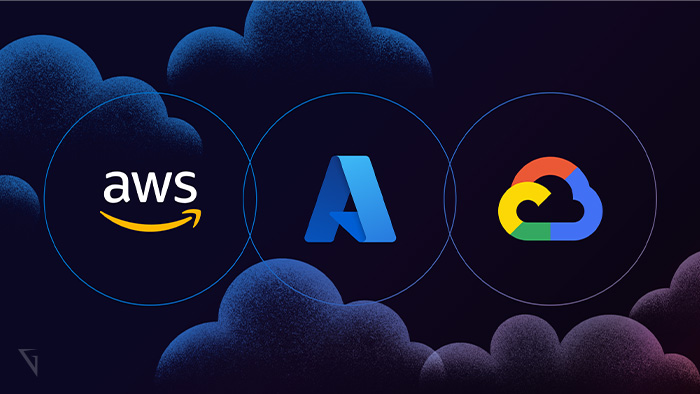Cloud computing has transformed the way businesses operate by providing on-demand access to a wide range of computing resources and services over the Internet. It offers unprecedented scalability, flexibility, and cost-efficiency, enabling organizations to focus on their core business activities while leveraging the power of the cloud. With cloud computing, businesses can rapidly deploy applications, scale resources up or down as needed, and pay only for the resources they consume, thereby reducing capital expenditures and increasing operational efficiency. Introduction to the three major cloud platforms: AWS, Google Cloud, and Microsoft Cloud Amazon Web Services (AWS), Google Cloud, and Microsoft Cloud (Azure) are the three dominant players in the cloud computing market. These platforms provide a comprehensive suite of services that allow businesses to build, deploy, and manage applications and infrastructure in the cloud. AWS, Google Cloud, and Microsoft Cloud have built extensive global data center networks, enabling businesses to deploy their applications closer to their target audience and improve performance. Each platform offers a vast
